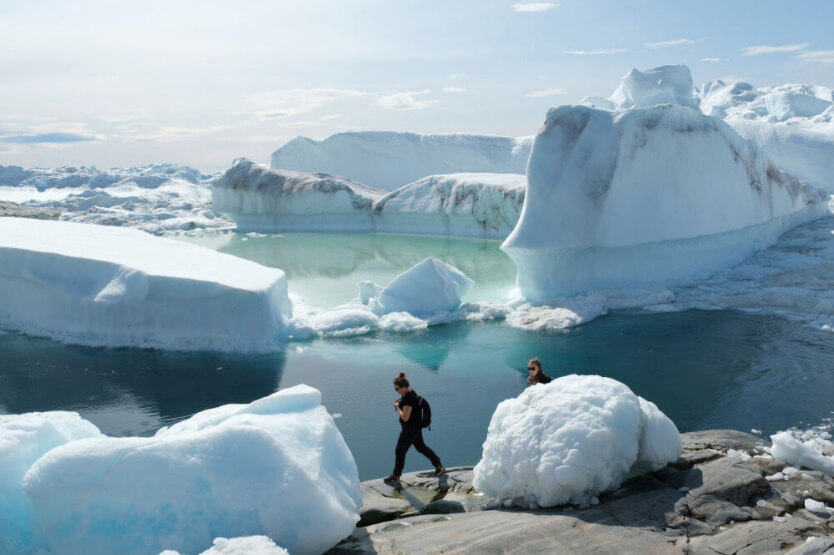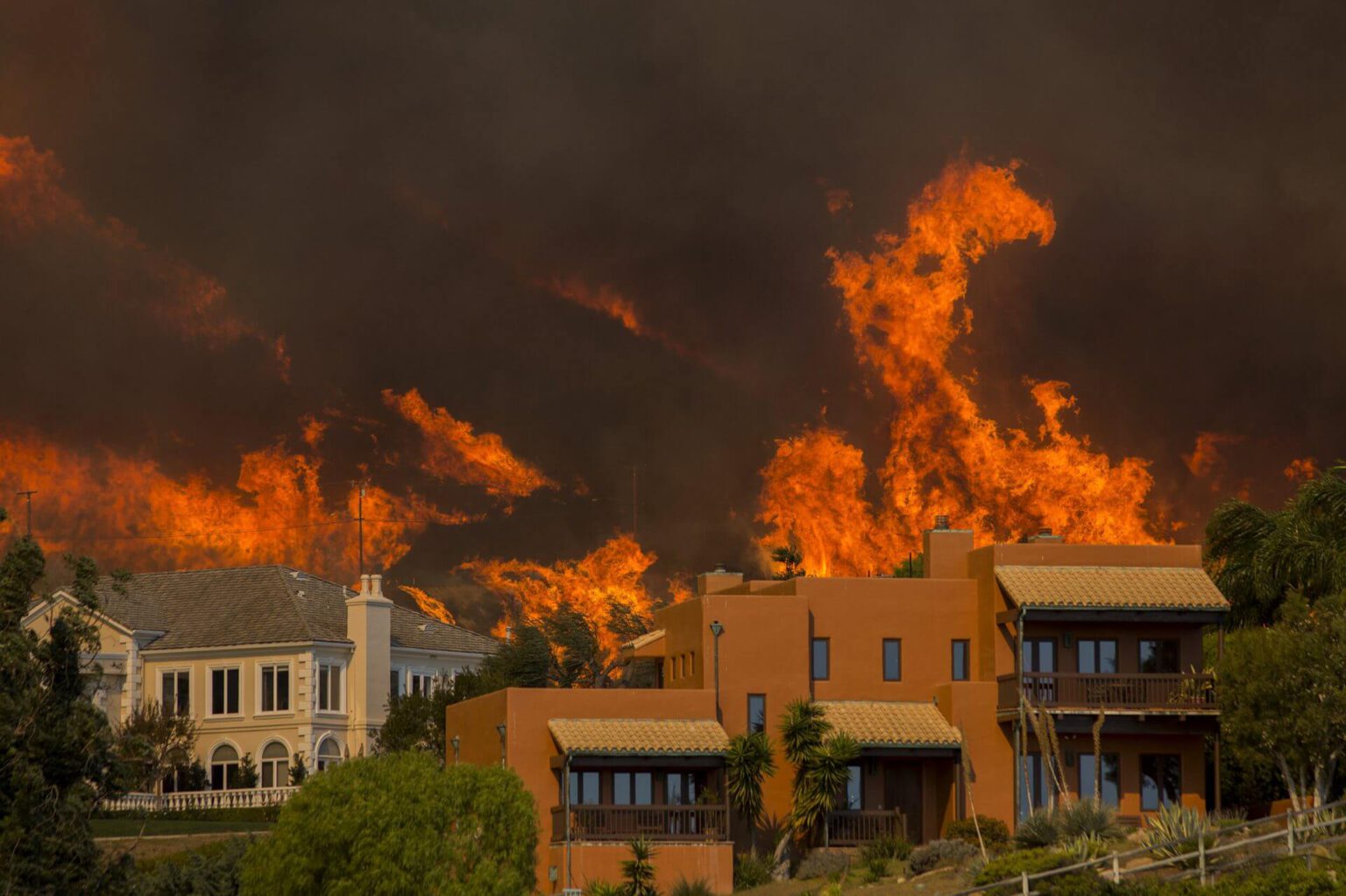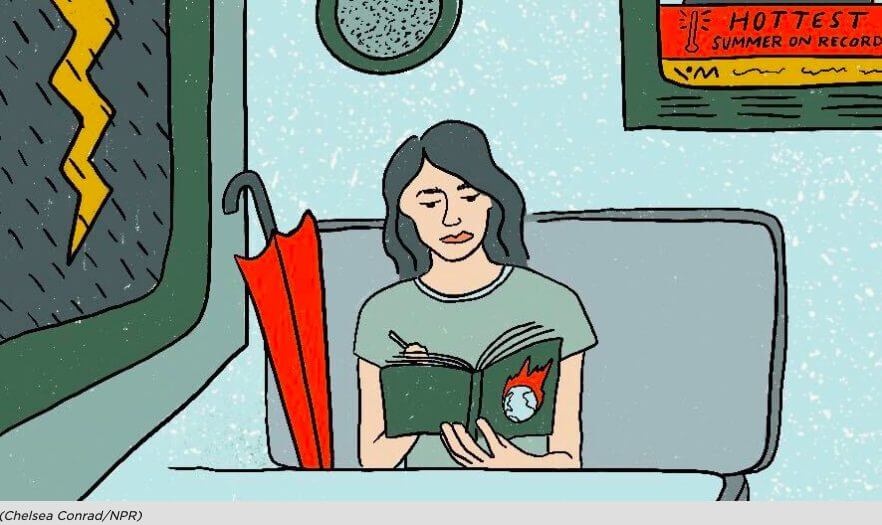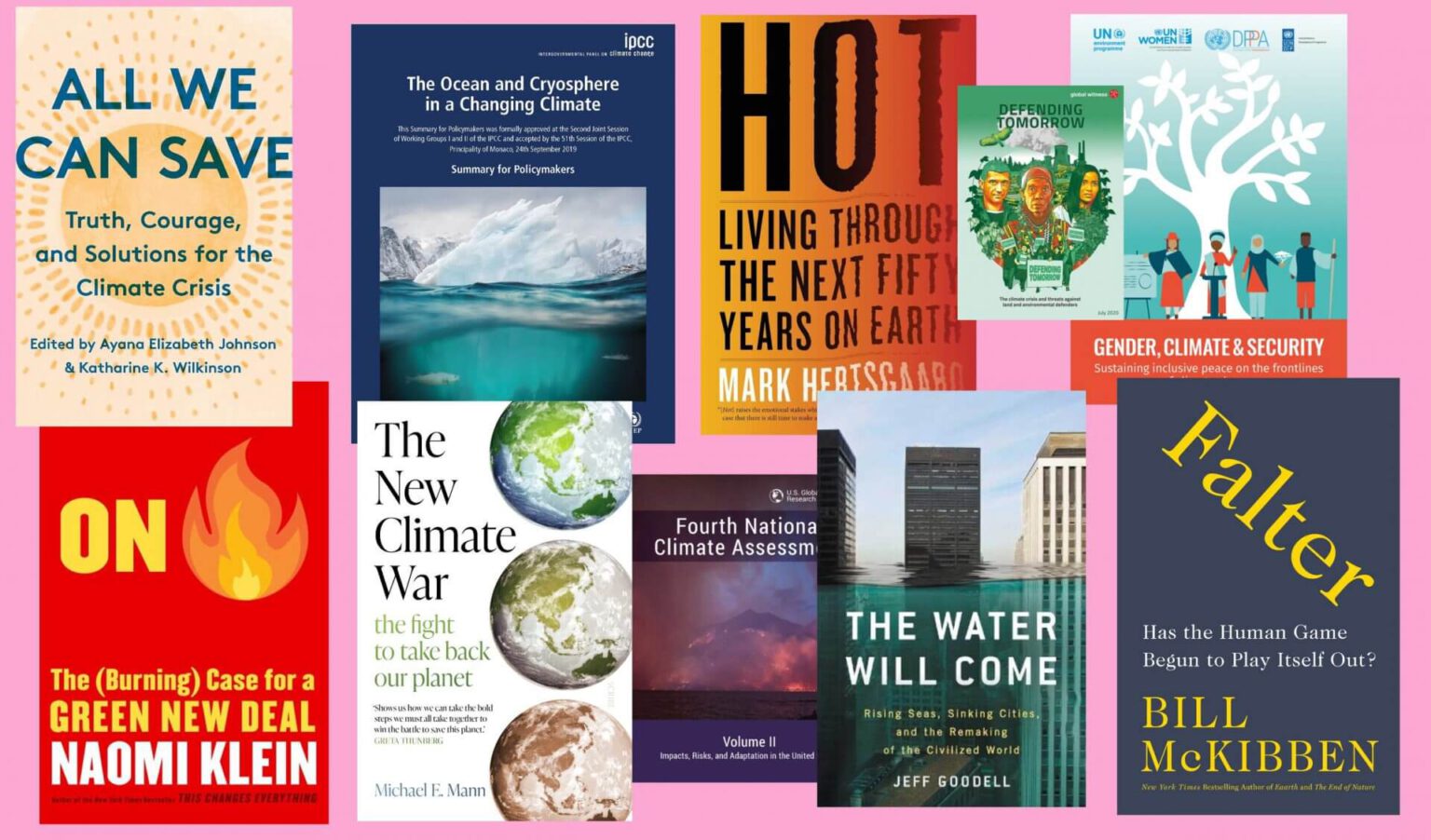You can’t solve a problem you don’t understand, and unfortunately, especially in the United States, many people still do not understand the climate emergency.
This was the subject of a recent op-ed in The Hill, a must-read for climate journalists everywhere. Authored by two of the sharpest climate communicators around, Katharine Hayhoe, a professor at Texas Tech University and chief scientist at The Nature Conservancy, and David Fenton, a career communications executive, the piece argues that President Joe Biden’s messaging on climate action—focused on the job creation that stems from green energy and infrastructure initiatives—is effective but ultimately incomplete.
Only 26 percent of Americans say they are “alarmed” by climate change, according to public opinion data from the Yale Project on Climate Change Communications. Only 21 percent are aware that there is strong scientific consensus on the causes and consequences of climate change, and only 22 percent say they hear about climate change at least once a month. The Biden administration’s messaging might make climate action attractive, Hayhoe and Fenton write, but it fails to convey why rapid, society-wide transformation, like during wartime, is imperative for our collective survival.
For journalists, whether in America or elsewhere, there are critical lessons to draw from Hayhoe’s and Fenton’s observations. In brief: We must recognize how little most people understand about climate change and adjust our coverage accordingly, using plain spoken language and taking care to repeat the basics.
Too often, instead, journalists report for those already in the know on a subject—for each other, that is, and a limited circle of interested parties. We assume, misguidedly, that what we’ve written or broadcast has been seen by everyone who matters. Prioritizing exclusivity—and perhaps, let’s confess, our egos—we shun stories that have been covered elsewhere and bristle at the thought of repeating ourselves. In story meetings, how commonplace is it to hear, “The Times already did that,” or, “Another network had that guest on last week”?
But repetition is key to piercing the static in today’s information-saturated society. And though we are paid by our employers, in a democracy journalists work for the public. Most of our audiences do not pay anywhere near as much attention to the news as journalists do; they need us to meet them where they’re at.
To do that, Hayhoe and Fenton recommend using straightforward factual statements such as:
- When we dig up and burn fossil fuels, we are wrapping a blanket of carbon pollution around the earth. This pollution blanket is trapping heat in our atmosphere that would otherwise escape back out to space.
- That trapped heat causes more damaging downpours that wipe out farmers’ crops. It powers stronger hurricanes that devastate our coasts. It means hotter temperatures that fuel wildfires and cause crippling heat waves, where our kids can’t play outside. It causes sea level to rise, which will flood millions of American homes.
- As for the science, 99 percent of climate scientists agree: it’s real, it’s human-caused, it’s serious, and there are solutions that will benefit us all. The faster we cut our carbon pollution, the better off we’ll all be.
If you’ve been on the climate beat for a while, the above facts and their implications may be self-evident to you. Not so for our audiences. So we should take every opportunity to state and repeat them—in every story, from every angle, even the ones that have been done before. That’s not for the sake of any politician’s agenda. It’s for the sake of a livable planet and all of our futures.



